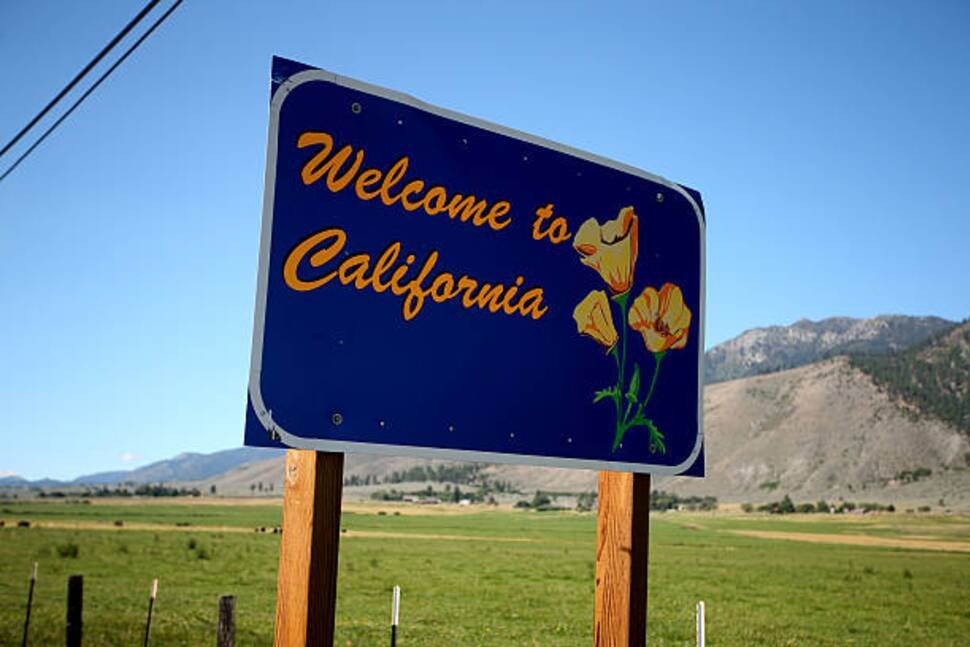California’s renowned sunny weather, vibrant career opportunities, and diverse recreational activities make it a highly sought-after place to live. However, these benefits come with a steep price tag, as the state has a significantly higher cost of living compared to most other regions in the U.S.
In fact, ten California cities rank among the 25 most expensive places to live in the country. Despite the state’s strong economy and higher-than-average incomes, the high cost of housing, taxes, and other living expenses can make it unaffordable for many people.
California’s appeal includes its prestigious universities, such as Stanford, USC, Caltech, and UC Berkeley and UCLA, as well as its stunning natural landscapes. Yosemite National Park, for instance, attracts millions of visitors each year with its breathtaking scenery.

Why Is California So Expensive?
Several factors contribute to California’s high cost of living:
1. Housing Costs: Housing expenses in California are among the highest in the nation. The median home value in the state is approximately $786,938, which is significantly above the national median of $360,681. Even in less expensive areas, home costs are elevated compared to other states. According to the California Budget & Policy Center, the high cost of housing is a major factor driving the state’s elevated poverty rate. The lack of affordable housing exacerbates economic insecurity, particularly for lower-income renters.
2. Taxes: California has the highest individual income tax rates in the U.S., with rates reaching up to 13.3% for top earners. Sales taxes are also high, and additional “hidden” taxes, such as the state’s excise tax on gasoline—59.6 cents per gallon as of July 2024—further increase living expenses. Property taxes are substantial, and businesses often pass these costs onto consumers.
3. Transportation: California’s infamous traffic congestion and high vehicle-related costs contribute to the state’s overall expense. Fuel prices are the highest in the country, averaging $4.80 per gallon due to high taxes and environmental regulations. Auto insurance rates are also elevated, with the average annual cost at $1,713, which is about 20% above the national average.
4. Health Care: Healthcare costs in California have risen sharply over the past two decades, with annual increases of 5.4%. Households spend nearly 13% of their median income on health care. Costs for employer-sponsored health plans are also rising, and contributions to Health Savings Accounts (HSAs) are not tax-exempt in California, further reducing potential savings.
5. Food Costs: Groceries in California are more expensive than in most other states. On average, Californians spend around $1,190 per month on groceries, compared to $1,080 nationally. In some cities, grocery bills can exceed $300 per week.
6. Utilities: Utility bills in California are higher than the national average. The average monthly electric bill in the state is $183.29, compared to the U.S. average of $151.75. The push for renewable energy and the strain on the power grid during peak demand periods contribute to these higher costs.
In summary, California’s high cost of living is driven by a combination of expensive housing, high taxes, costly transportation, rising healthcare and food expenses, and elevated utility bills. Despite these challenges, the state’s many benefits continue to attract residents and visitors alike.




